On the Horizon in the Cowboy State: Wind Turbines
Wyoming, the country’s top coal producer, is wrangling support for wind power—and not a moment too soon.
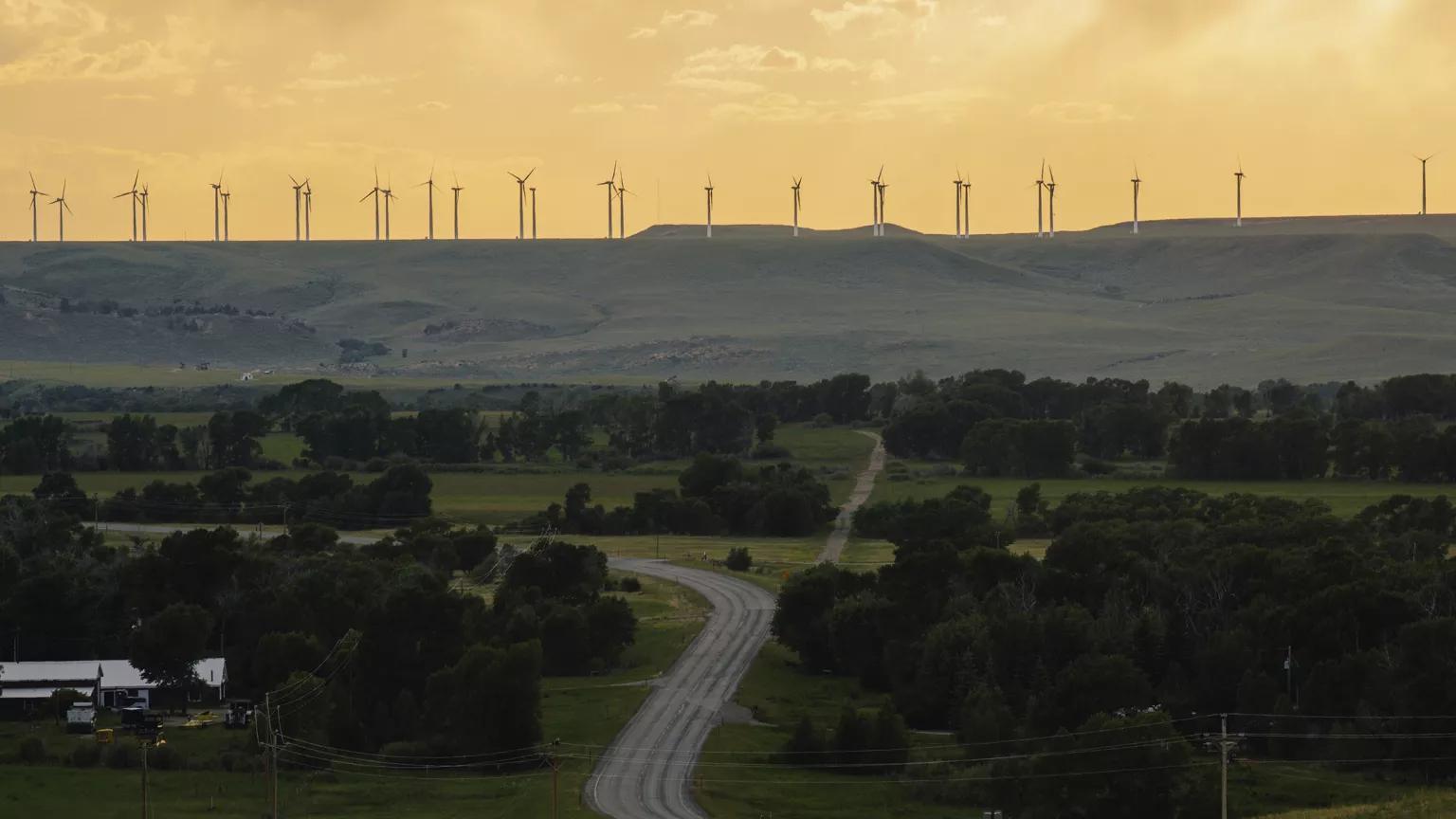
The McFadden Ridge Wind Energy Project in Carbon County, Wyoming
Nick Cote for onEarth
Just off Interstate 80 in Sinclair, Wyoming (population 415), the Sinclair Refinery processes crude oil from the United States and Canada. Every day the refinery, one of the region’s largest, converts 85,000 barrels of oil to gasoline, diesel, propane, and other petroleum products. But the town may soon become famous for a cleaner sort of energy, as the gateway to the biggest wind farm in the Western Hemisphere.
South of the highway here lies the Overland Trail Ranch, 500 square miles of rugged terrain where several thousand black angus graze among the dusty buttes and sagebrush prairie. Soon the feeding cattle will wander beneath a thousand towering wind turbines. Called the Chokecherry and Sierra Madre Wind Energy Project, the ranch, owned by Denver-based billionaire Philip Anschutz, could potentially generate up to 3,000 megawatts of electricity—enough to power one million homes. The project has been crawling through the regulatory process for more than a decade, but if all goes as planned, the first 500 turbines will be churning out electricity by the end of 2020, and the remainder will be up and running sometime in 2023.
In the ten years since Power Company of Wyoming (the Anschutz Corporation subsidiary running the project) began working to create Chokecherry and Sierra Madre, wind energy has boomed nationwide. The cost of wind power has dropped by 66 percent since 2009. Over the past 15 years, wind has gone from being a trace component of the U.S. power mix to holding a 6 percent share, and today, it’s a leading source of renewable energy in the nation. From 2008 through 2016, the United States added around 57,000 megawatts of new wind power capacity in Oklahoma, Texas, California, Iowa, and Illinois. The state of Wyoming, though, despite having some of the best wind in the country, has installed just 80 megawatts since 2010.
Why the lag? The reasons are physical, financial, and political. With just over half a million residents, Wyoming is the least populated state and has relatively low demand for power. Most of any new wind power generated would need to be sent out of state, but existing transmission lines are currently maxed out. And Wyoming, whose economy still depends overwhelmingly on fossil fuels, is the only state that taxes renewable energy generation. Since 2010, wind companies have paid a dollar for every megawatt-hour they produce.
Still, the wind industry continues to gain footing in the Cowboy State. Construction on several new transmission-line projects is imminent, and wind power’s declining cost is appealing even with Wyoming’s tax. Moreover, a federal tax credit for wind development—set to expire in 2020—is creating a new urgency. Robert Godby, director of the Center for Energy Economics and Public Policy at the University of Wyoming in Laramie, says, “The tax credit is having this distortion in the market that wind is being developed more quickly than it otherwise would.” Eventually, he says, wind farm construction nationwide will slow down, especially as solar power continues to carve out a larger slice of the U.S. energy mix. So wind companies have sprung into action here, recognizing that it might be now or never.
Wyoming is a very windy place. To get a sense of it, all you have to do is drive along I-80 and try to keep your car steady. Or park atop any mesa and try opening more than one car door at a time. (Note: Do not attempt this with any important papers loose in your vehicle.) But as turbine technology becomes more efficient, even less-impressive wind in other regions is attracting attention. Jonathan Naughton, director of the University of Wyoming’s Wind Energy Research Center, told an audience at a wind power conference last fall, “If we don’t develop wind in Wyoming, it’s just going to be developed elsewhere.”
All of these factors contribute to the frenzy of wind farm activity currently blowing through Wyoming. A series of new and upgraded wind farms with capacity totaling thousands of megawatts are in various stages of planning and development, owned by both utilities and private companies. And the soon-to-be-built transmission lines will help deliver the power to more-populated western states that crave clean power—chief among them, California.
But while Californians might want clean energy from Wyoming because they’re worried about climate change and pollution, in Wyoming the argument for developing this industry is almost exclusively economic. Wind’s sudden pickup here is a clear sign that even in the age of Trump, and in a deeply conservative state, there is no stopping the march of renewable energy.
Blowing With the Wind
The Chokecherry and Sierra Madre Wind Energy Project sits in Carbon County in south-central Wyoming. It’s a roughly 8,000-square-mile county named, back in 1868, for the state’s first coal town. For four decades—since 1977, when the Clean Air Act began regulating the sulfur emissions that cause acid rain—Wyoming’s low-sulfur coal has been in high demand. By the late 1980s, the state had become the country’s top coal producer. Today, 40 percent of the nation’s coal production comes from Wyoming—more than triple the haul of the next-largest producer, West Virginia.
But the days of high coal demand are nearing an end. Over the past few years, Wyoming has lost nearly a thousand coal mining jobs, with just five full-time jobs added back this year. (Nationally, coal mining jobs have declined from 90,000 in 2012 to around 50,000 today.) Wind power can’t make up all of that lost income for the state. Coal brings in more than $1 billion in annual tax revenue to state and local governments, and while Wyoming’s coal miners make an average of $82,000 a year, wind technician jobs pay closer to $45,000. But it’s a start—and though some Wyomingites see wind as a threat, more and more are considering the turbines a base for a whole new kind of economy.
Cindy Wallace, executive director of the Carbon County Economic Development Corporation, believes that with all the incoming wind projects, the county could see 200 new wind-related jobs within five to ten years. “That doesn’t include the support industries, the spin-off, more people moving in, the repair shops, ancillary businesses that come along,” she says. “It’s a bright spot on our future. We really support it.” Currently Wallace and others are trying to recruit wind component manufacturers to open local factories.
“There’s pretty broad consensus that the extreme dependence the state has on coal has not been a sustainable economic strategy,” says Nathan Wendt, who heads up the Wyoming Wind Coalition. Wendt is also vice president of the Jackson Hole Center for Global Affairs, a nonprofit that’s pushing wind as a way to diversify the state’s economy. Wendt and others hope that the availability of wind power on the local grid will lure businesses trying to reduce their carbon footprints. Microsoft’s data center in Cheyenne, for instance, is entirely powered by renewables, part of the company’s climate pledge. Google, Facebook, Walmart, and other behemoths have made similar carbon-cutting commitments. Recent state legislation has also made Wyoming economically inviting for blockchain companies, and wind power sweetens the pot. “If Wyoming builds this, we’ll be more likely to attract these entities to set up shop and to hire more people for more jobs,” Wendt says.
Among the Wind Coalition’s members is Loyd Drain. Drain ran the Wyoming Infrastructure Authority until 2015 and is now an energy consultant based in Texas. He is also a proud climate change denier. (“I do not believe in man-made climate change. It’s the way I feel,” he told me.) But Drain does believe in the power of Wyoming’s wind. “The beauty of it is, it’s not about climate change anymore,” he says. “It’s about economics.”
Drain is under no illusion that Wyoming’s coal industry will come back. (As companies retire their aging coal-fired power plants, sometimes ahead of schedule, demand for coal will only continue to decline.) “It’s been a great ride over the last four decades,” he says. “It’s coming to an end whether we want to admit that or not, and more quickly than a lot of people think.”
As opponents of wind power find themselves unable to use coal as a talking point, Drain believes, they’re instead turning to arguments about the viewshed, saying that wind farms mar the wide-open vistas that are part of Wyoming’s very soul. While developers often take pains to place turbines beneath ridgelines and otherwise use the land’s natural contours to block the structures from view, that’s not always possible. Turbine placement hinges on other issues, such as where the strongest winds blow and where birds, such as bald and golden eagles, tend to nest and fly. Groups like the Northern Laramie Range Alliance have fought against turbines and transmission lines that detract from quintessential Wyoming vistas, and state politicians have jumped on the viewshed argument to urge extreme caution in building out Wyoming’s wind industry.
“We need to get something for what we’re giving up, because we’re gonna give up a lot,” Cale Case, a state senator who is a proponent of raising the wind tax, told an audience in Laramie last fall.
“The fact is, sure, there’s positive and negative about building a bunch of wind in Wyoming,” says Drain. “But when you’ve got no plan B and your current revenues are so heavily dependent on oil and gas and coal, and coal’s gonna go away in a few decades, that doesn’t spell good things for the citizens of Wyoming. You’ve got to get the money somewhere.”
Indeed, support for wind in the state legislature seems to be on the rise—or at least opposition is waning. During virtually every legislative session, a handful of lawmakers introduce new bills aimed at increasing the state’s already controversial wind generation tax. Yet lately, the bills disappear as quickly as they arise. The most recent, in February, aimed to raise the tax to $2 per megawatt hour and to tax utility-scale solar power as well. (The legislation included a tax credit for companies that use equipment made in Wyoming, a measure intended to lure manufacturers to the state, according to one of its sponsors.) The bill was withdrawn before coming to a vote.
At the local level, support appears stronger as well. In April, Carbon County’s five county commissioners voted unanimously to approve TB Flats, a 500-megawatt wind project in development by Chicago-based Invenergy.
At a public information session later that month for the Wyoming portion of the Gateway West transmission project—a 140-mile segment of new power lines—two of those commissioners, Bob Davis and John Johnson, mingled in cowboy garb among maps and posters detailing the transmission lines. Both men support wind development in their county, but cautiously so. “The long-term jobs aren’t really that significant,” says Davis, a rancher who protects eagle habitat on his property with a conservation easement from the Nature Conservancy. (Federal law protects bald and golden eagles, and wind farms can obtain “eagle take” permits from the U.S. Fish and Wildlife Service to account for any killings of the raptors by turbines. Conservation easements are a means of balancing those deaths by proactively conserving the birds’ habitat elsewhere.)
Johnson, also a rancher with a conservation easement, worried that it would be several years after the turbines were operational before the county would see any tax revenue. In terms of economic value to the county, “by no means can they compete with oil and natural gas in the long term,” he told me. Still, said Johnson, the wind projects in development are “situated in a part of the county where economics are down, so anything they can do . . .” In other words, while he might not care about wind energy for its own sake, if it can help the county financially, it is probably worth a try.
On the Horizon
Route 30, which runs north from Laramie across southern Wyoming’s rolling plains, is a lonely road. Pronghorn antelope graze alongside cows, scamper across ridgelines, and sometimes simply stand in the middle of the nearly empty highway. Freight trains lumber along adjacent tracks, hauling everything from building materials to frozen foods to coal. And the colossal Wyoming sky stretches above it all.
As you crest a hill between the tiny community of Bosler (population 11) and the relatively teeming Rock River (population 244), the first wind turbines come into view. Far off toward the west, like a row of tiny figures dancing at the base of the Snowy Range, the turbines slowly spin in the breeze. They’re part of the High Plains and McFadden Ridge I Wind Projects. As the road winds farther into Carbon County, from high points you can see small clusters of turbines in the distance in almost every direction.
Rocky Mountain Power, a public utility that provides electricity to parts of Wyoming, Utah, and Idaho, operates most of these wind farms. The utility is a division of PacifiCorp (part of Berkshire Hathaway Energy), which has a service area (through Pacific Power) that spans Washington, Oregon, and northern California and serves 1.8 million customers.
“Historically, natural gas and coal were cheaper,” says Travis Brown, environmental and safety manager for PacifiCorp’s solar and wind facilities. “But wind is the cheapest resource today for our customers.” (On average, worldwide, wind power costs about 6 cents per kilowatt-hour, whereas fossil fuel energy costs between 5 and 17 cents per kWh, according to the International Renewable Energy agency.)
PacifiCorp operates 13 wind farms in total, the bulk of them in Wyoming, and generates about one-tenth of its electricity from wind. As part of a $3.5 billion Wyoming investment called Energy Vision 2020, it’s planning to build three more wind farms in Carbon County by the end of 2020. The company says the endeavor could create between 1,000 and 1,400 construction jobs. PacifiCorp will also be “re-powering” nearly all of its existing wind farms—meaning it will change out the nacelles and rotors for new ones that have longer blades and more powerful generators. And it is building those 140 miles of transmission lines across Carbon and Sweetwater Counties to help deliver its electricity.
Built in 2008, Rocky Mountain Power’s Seven Mile Hill I and II wind projects, where 79 turbines rise in neat rows from the undulating plains, will be among the first to get an upgrade. Beginning next summer, new nacelles and rotors will deliver 350 kilowatts of additional power and reach an additional 22 feet or so into the thin Wyoming air. Overall, the wind farm will become 20 percent more powerful. The utility leases the property from a rancher, who receives an annual payment based on the electrical capacity of the turbines on their property.
From an observation tower built to monitor eagle activity at Seven Mile Hill—if an operator in the tower sees an eagle near the turbines, he can shut down an entire row in about two minutes—you can see the faraway turbines of the company’s Dunlap Ranch wind facility arcing against the eastern horizon. On the plains in between the two existing wind sites, another (generating several hundred megawatts) will be built in the next few years. Laine Anderson, PacifiCorp’s director of wind operations, calls it “infill”—an attempt to concentrate the wind sites so as to keep their impact on the scenery to a minimum.
But the view from Route 30 seems to suggest the hour for keeping turbines out of sight has already passed.
The Big Picture
Roughly 40 miles to the southwest lies the Overland Trail Ranch, where 40 miles of haul roads are the first step toward wind farm construction. As we drive around the northeastern section of the ranch, a radio in Kelly Cummins’s truck crackles. A biologist working on a migratory bird survey needs directions to a specific monitoring site. Cummins is the ranch’s director of environmental permitting and compliance, and she has been working on environmental impact assessments since the wind project began in 2008. She lights up when she talks about things like soil conservation and culvert placement.
Near a temporary road sign ordering trucks to slow down near an active eagle nest, Cummins proudly points out tiny sagebrush plants peeking up from an area that was recently reseeded after the roads were built. The Power Company of Wyoming has put a conservation easement on 50,000 acres of the ranch (about 15 percent of the total) for sage grouse protection, meaning that no turbines can go up there.
The company has redesigned the turbine sites multiple times to accommodate new state sage grouse habitat rules and to take into account its own data from years of monitoring the birds. (Redesigns were done for other reasons as well, including keeping turbines out of sight of a popular reservoir.)
The ranch occupies a checkerboard of private and public land—a strange relic of land allocation from the frontier era. The public land areas required years of federal permitting. (Only about 1 percent of wind turbines nationally are on public land.) But in the end, the approval process resulted in what the company says is an unprecedented amount of preconstruction data on birds, wildlife, vegetation, and soils across the ranch.
Company materials point out that the project has a “long-term surface disturbance” of just 2,000 acres. But that’s just the actual footprint on the earth. A thousand wind turbines will bring an almost unfathomable change to the way this place looks and feels. And how they will affect birds and other creatures needs to be considered. Of course, the dangers global warming poses to the land and wildlife of Wyoming (and beyond) will be much larger.
“There are huge impacts to birds from wind farms,” says Alison Holloran, executive director of Audubon Rockies. “And bats and other creatures. But at the same time, global climate change is not only the biggest threat to our birds, it’s the biggest threat to humans.”
The choice isn’t wind farms or nothing. It’s wind farms or fossil fuels. And it’s a choice better made sooner than later, with a long-term perspective that takes into account the relative potential losses of either choice—to wildlife and people. As Wyoming wrestles with the future of its economy, its landscapes, its identity, one thing is certain: Tall white towers will rise from the sagebrush to catch the mighty wind.
This article was originally published on onEarth, which is no longer in publication. onEarth was founded in 1979 as the Amicus Journal, an independent magazine of thought and opinion on the environment. All opinions expressed are those of the authors and do not necessarily reflect the policies or positions of NRDC. This article is available for online republication by news media outlets or nonprofits under these conditions: The writer(s) must be credited with a byline; you must note prominently that the article was originally published by NRDC.org and link to the original; the article cannot be edited (beyond simple things such grammar); you can’t resell the article in any form or grant republishing rights to other outlets; you can’t republish our material wholesale or automatically—you need to select articles individually; you can’t republish the photos or graphics on our site without specific permission; you should drop us a note to let us know when you’ve used one of our articles.
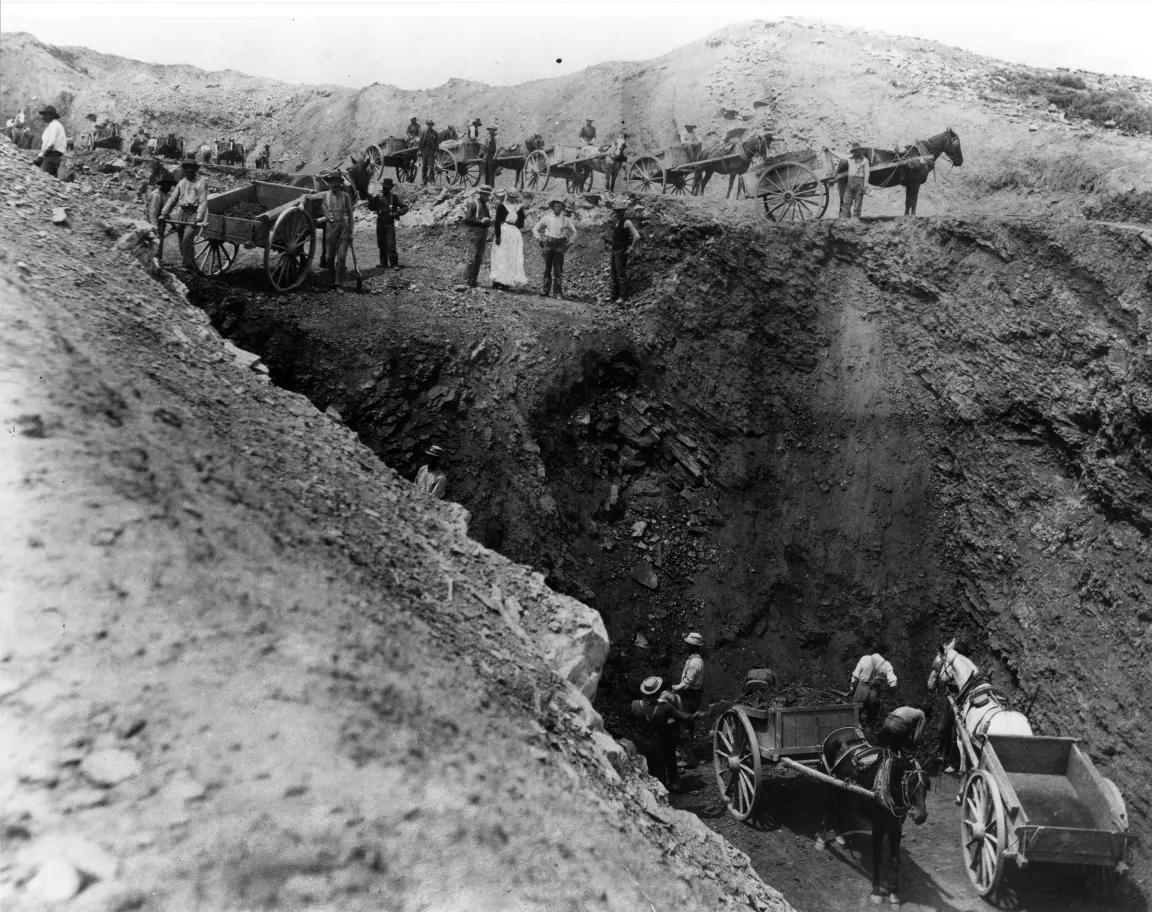
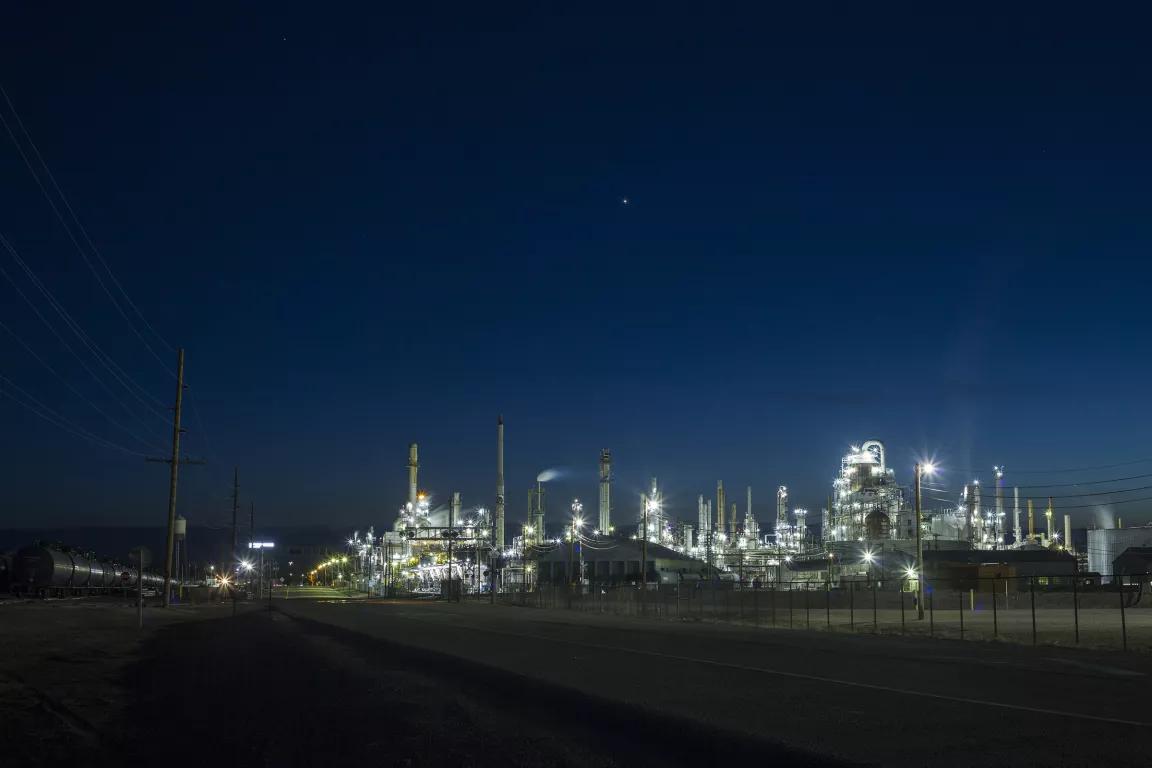
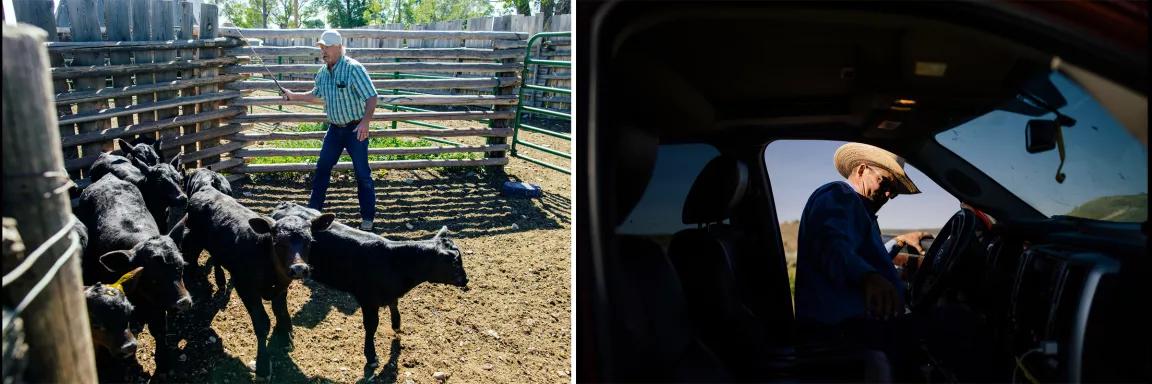
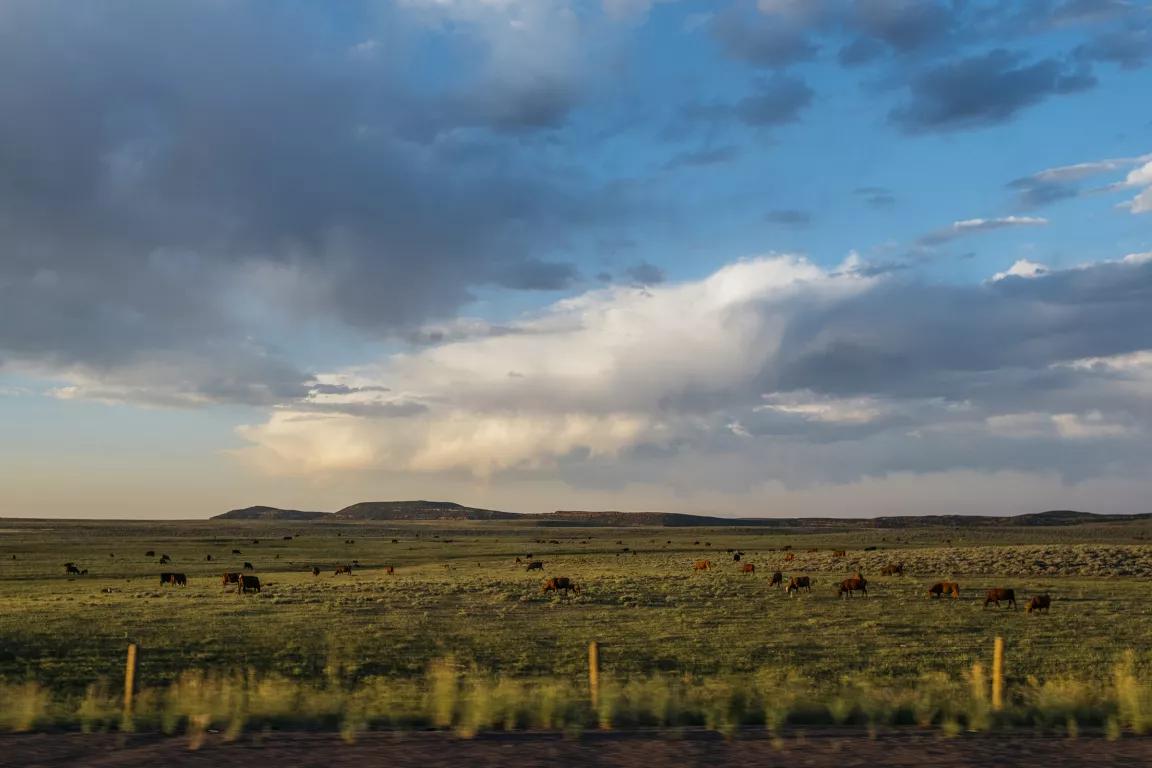
A Consumer Guide to the Inflation Reduction Act
How to Ditch the Biggest Fossil Fuel Offenders in Your Life
What Are the Solutions to Climate Change?